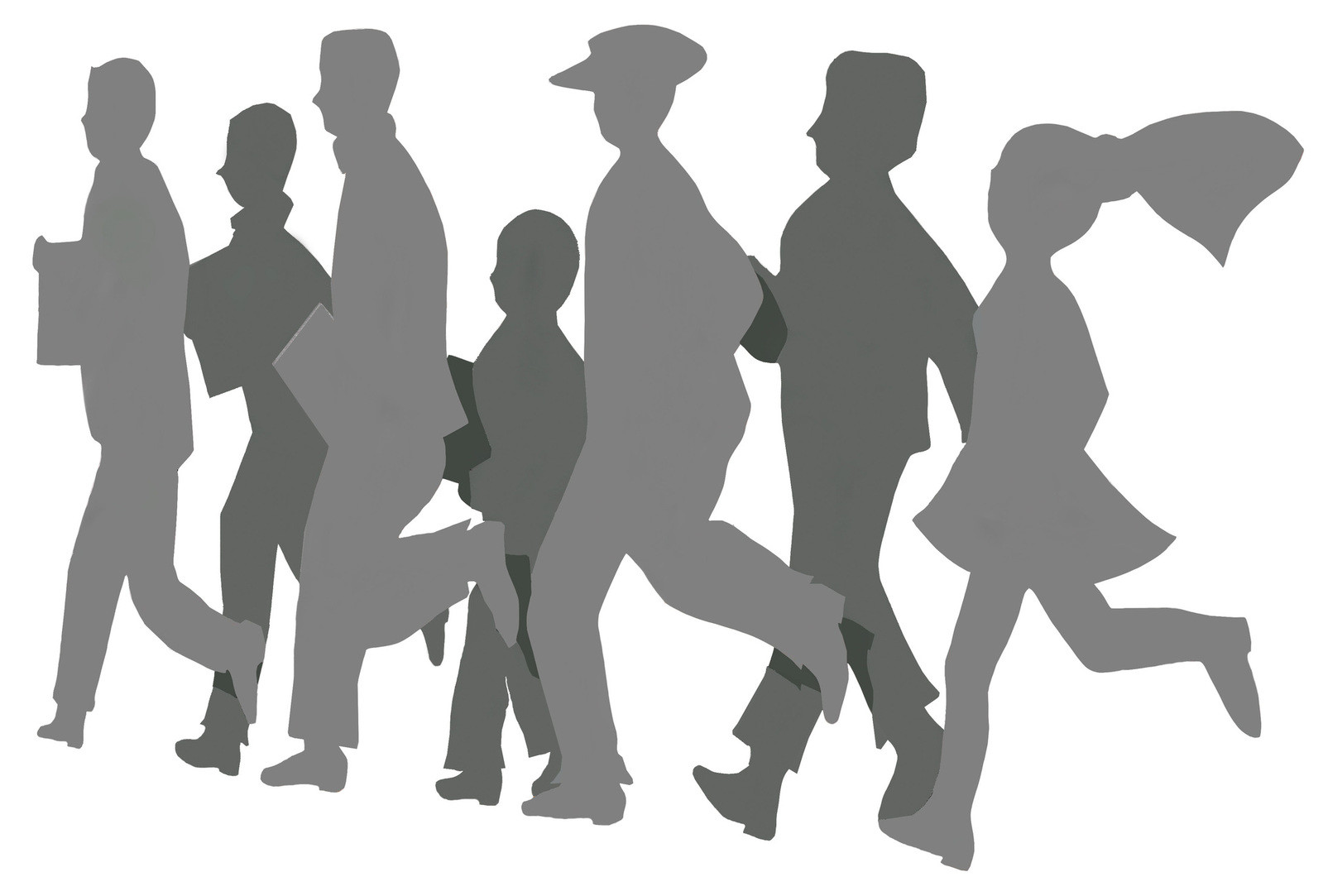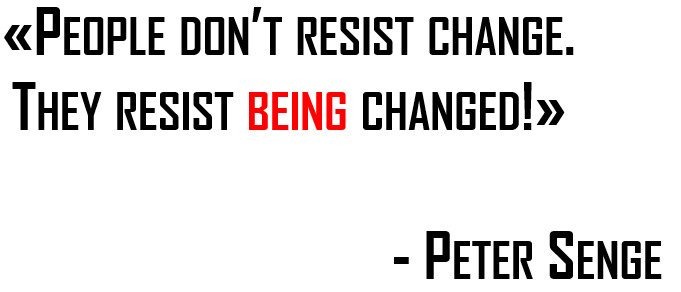Everything in nature tries to maintain its equilibrium status.
Everything in nature tries to maximize benefits, against costs.
Change is “expensive”. Modifying any habit, approach, behavior, does cost. It costs money for organizations, it costs energy for human beings. It takes time for both.
Daniel Kahneman in his book “Thinking, Fast and Slow” explains that our brains are comprised of two parts, characters: one that thinks fast (System 1) and one who thinks slow (System 2).
System 1 operates automatically, intuitively, involuntary (e.g. driving, recalling our age, etc.). It operates on heuristics, which may not be accurate. This consumes small energy, it is almost effortless.
System 2 is used when concentration, focus, reasoning are needed and hence it deliberately slows down its rhythms.

This is used when something new needs to be faced, which not allows to jump to quick conclusions and solutions (e.g calculate a math problem, choose how to invest money, fill out complicated forms). Here the system spends much more energy to operate.
Habits rely on experience and heuristics and are executed by System 1. Changing habits, on the other way, uses System 2.
Furthermore, is far easier to establish new habits than changing old ones. This because the latter requires, firstly to dismount past ones, secondly to build up new ones on that.
So, changing well-established habits, cost even more.
Well, this is the first motivation on why human beings resist to change: it costs much, much, much more, than not doing it.
But, there is at least another reason, even more important, which consciously or not, drives resistance; it has to do with fear. The change could threaten us in our social or professional position, stature, power.
Fine, but how could we recognize resistance?
Resistance could be acknowledged by verifying active responses to change stimulus (complaining, being negative or destructive, etc.) or, more tricky, passive ones (ignoring, not attending to meetings or replying to e-mails, not being committed, avoiding doing activities or making any decision, etc.).
Both the two strategies are somehow simple to address when confronting with a single person. But what if the organization or part of it, is resisting to change?
Organizations are systems.
Any system has just one single objective: no matter what happens, it strives to maintain its internal state of balance.
That state is called status-quo: when a system reaches a stability in which everything is familiar and predictable. Everything in that state can be somehow categorized and managed accordingly. Surprises are rare.
Every person being part of that system, feels himself safe and protected and does not want to change. Remember, change costs effort and brings uncertainty.
But, to remain competitive organizations shall change. A big mistake organizations make is to decide changes top-down, “pushing” it from above.
When a change is so-called “injected”, every part of the system could react, each, in different ways: some by visibly fighting against it, others ignoring, still others delaying, mitigating or even initially “encapsulating” the change, but finally “rejecting” it, with a satisfied grin.
Managing such a resistance could drain all energy of any good change manager, coach, manger, even CEO.
Before managing resistance, organizations, should “manage” involvement.

They must learn how to involve people in order to be supported and helped in intercepting any big opportunity and create the underlying change vision, having employees on-board from the very first moment.
This ever-changing world needs diversity, passion, motivation, creativeness, inspired leadership to be totally understood. And the more the people being part of this “game”, the more the possibilities to be successful.
Organizations cannot accelerate their capacity to change and innovate without those ingredients. What is needed is what J. Kotter in his book XLR8 (accelerate) calls mobilized leadership: people who, guided by a strong and inspiring vision towards the change, are empowered to take action and to self-organize to change the old ways of working.




